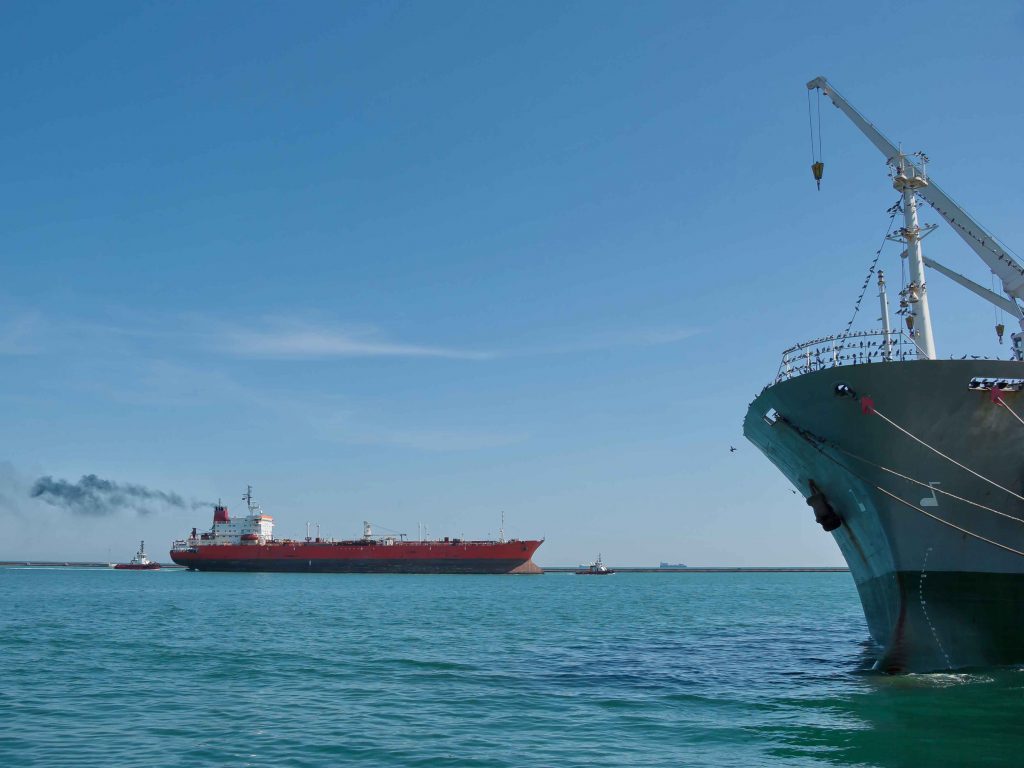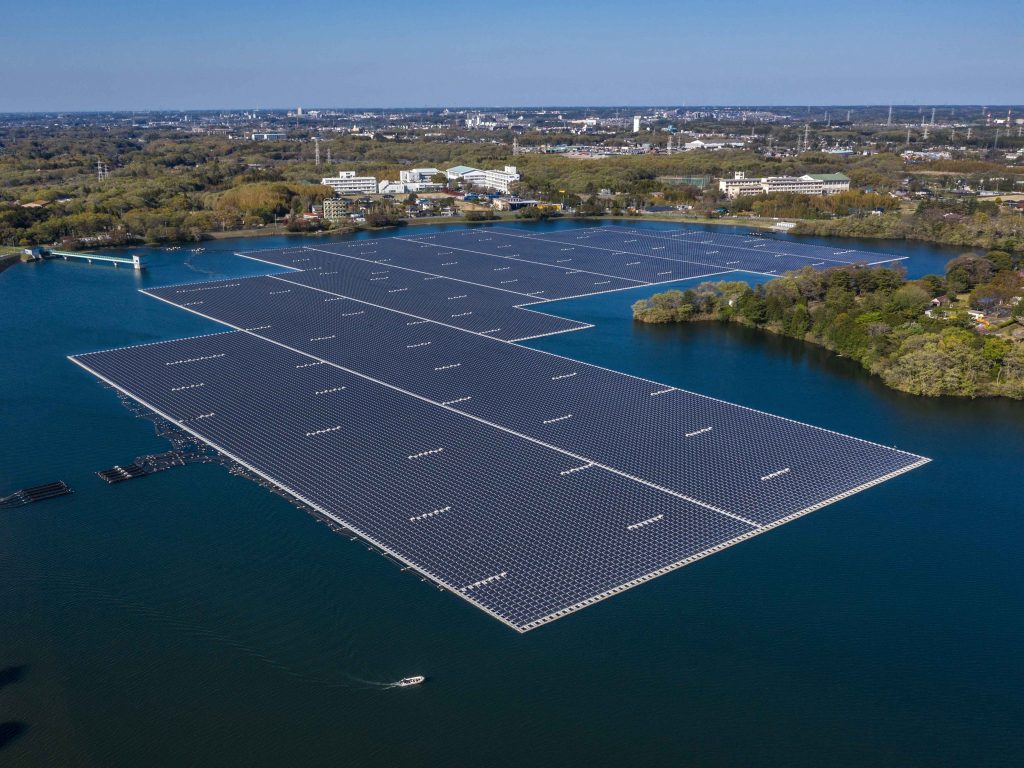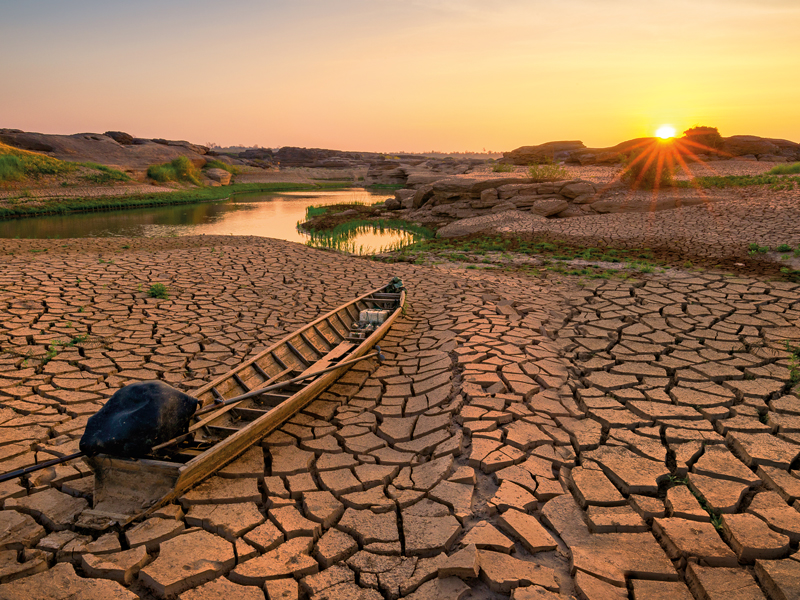A leader in renewable energy markets
Itaipu Binacional encourages distributed generation projects in partnership with cooperatives and small farmers
Itaipu Binacional encourages distributed generation projects in partnership with cooperatives and small farmers
In May 2010, the rural property of the farmer Nelbio Bronstrup, located in a small town in the Parana countryside, Brazil, received the first batch of materials to adapt his farm to a pioneering project in the country – the Condominium for Renewable Energy of Household Agriculture. It is an initiative led by the world’s largest hydroelectric power plant regarding power generation, the Itaipu Dam. Bronstrup’s farm, where he and his family raise 27 milch cows and 30 heifers, among other 40 rural properties located in one of the drainage basins of the Paraná region, will start producing energy from farming and cattle raising waste.
The project encompasses the company’s efforts into undertaking research and development of alternative sources of clean and renewable energy. The power plant is installed in the Paraná River located on the border between Brazil and Paraguay, both responsible for the administration of Itaipu. Besides its remarkable production in 2009, when it exceeded 91 million megawatt-hours, its performance related to sustainability has come to international prominence.
Each year, the company performs more and more sustainable development actions in the region where it is installed.
The Condominium for Renewable Energy of Household Agriculture integrates the Itaipu Platform for Renewable Energy, which is installed in its Technology Park, in Foz do Iguaçu, home to the plant. In partnership with local governments, educational and research institutions, farmers associations, cooperatives and non-governmental organisations, this initiative promotes research and technology for four sources of energy still poorly explored – wind, solar, biomass and hydrogen. In addition, the platform also researches new uses for the power plant’s main product; such as the development of electric vehicles.
The Itaipu Platform has already obtained practical results from several lines. The most important due to its environmental component is the generation of biomass energy. Paraná’s Western Region, where the plant is located, is one of the largest producers of chicken and pork in Brazil. The animal husbandry strengthens the local economy, but also has a large quantity of waste and effluents. Until now, most of that stuff was just dumped in streams and tributaries of the Paraná River, contaminating the Itaipu Reservoir.
Thanks to the programme, the waste is now transferred to biodigesters that convert organic material into methane gas and fertiliser. Biogas is used for producing electricity used by the farmers. There are six prototypes in operation, including a pig farm, a dairy farm, a poultry slaughterhouse and an agro-industrial crop production. In the most advanced of these projects, developed in the Colombari farm in São Miguel do Iguacu, the energy resulting from the excreta of 3,000 pigs feed the rural property with energy while the surplus electricity can be sold to the public distribution company. The biofertiliser is a byproduct of such process. According to Jose Carlos Colombari, swine producer and partner of the project, there are several benefits. “We save energy and also fight environment pollution.”
The Condominium for Renewable Energy is one more step towards the environmental sanitation that has been taken by the programme Cultivating Good Water that works on drainage basins, internationally acknowledged to be another important action of Itaipu. According to the company’s superintendent of Renewable Energy, Cicero Bley, the condo project responds to the big challenge of introducing smaller producers into the bioenergy market. “It’s a project that can be easily replicated in other parts of the country, especially in Southern states, where there is a strong agricultural production with animals kept in stable,” he says. After the physical adequacy of rural properties, the digesters will be installed, followed by the construction of the main pipeline and finally the MHP thermoelectric.
In March, the Itaipu Technology Park implemented the first laboratory for research on biogas in Brazil. In this laboratory, the potential of different organic materials (such as plants or animal waste) used for producing methane gas or biogas can be studied. The research is important to guide farmers in the region who may be interested in installing digesters in their rural properties.
Last year, another partner of the Itaipu Platform, Cooperativa Agroindustrial Lar invested R$4m to transform chicken excrement into energy from its slaughterhouse refrigerator installed in one of the municipalities of Paraná countryside. In no time, the investment should be recouped due to annual revenue of approximately 120,000 euros from the sale of carbon credits, since the cooperative shall cease to emit 20,000 tons of CO2 into the atmosphere.
Tail wind
A study carried out by the Itaipu Renewable Energy Platform has proved the potential of wind power in 29 Brazilian municipalities (28 from Paraná and one from Mato Grosso do Sul) by the shore of the hydroelectric power plant lake where over one million inhabitants live. Cooperativa Lar conducts tests to verify the feasibility of using wind turbines in its production units. The study found that farms from that region – 80 percent of them small, with less than 30 hectares – can adopt a hybrid system of supply, gathering energy from wind, biomass and solar energy, other source that has been researched by the Platform.
Since 2003, the Itaipu Platform conducts a feasibility study on the production of hydrogen from electrolysis of water that supplies the plant. This study, whose production experimental plant is already being installed, is the basis for developing an absolutely clean fuel with zero emissions of greenhouse gases.
Itaipu has used over 25 years of experience in power generation for researching new electricity use and developing an electric car prototype. The Itaipu Electric Vehicle is the result of a partnership, signed in 2006 between the power plant, Fiat Automóveis and the Swiss subsidiary KWO. The design of the 100 percent electric car allowed the development of a totally green vehicle, with zero emissions and almost no noise. Currently, there are 21 Electric Palio Weekend cars being used by companies involved in the project. The goal is to produce 50 more vehicles by the end of this semester.
An electricity-powered cart to collect recyclable materials is another highlight of the Itaipu Platform. About 81 electric carts have been manufactured by now. They are working throughout the surrounding counties of Itaipu Lake and other municipalities in Brazil reached by the Collectors Movement. The transport has capacity for 663 pounds of cargo and the autonomy to run 4-5 hours, or 15-19 miles.
The programme that tries to identify renewable energy sources for the triple frontier area is supported by another social and environmental project. Since 2003, Itaipu has coordinated the Cultivating Good Water programme, which is responsible for maintaining the totality of its reservoir of 29 billion cubic meters of water by means of sustainability initiatives. In seven years, the adequacy of rural roads and watershed implementation has been promoted by Itaipu (to prevent rain water drips from farms into rivers, causing erosion and polluting it with pesticides), and two million trees have been planted to replenish riparian forests that protect the springs. The programme also collects empty pesticide containers, encourages organic farming and sponsors waste sorting in the cities.
Case study
A programme of the Itaipu Dam, developed with over 2,000 partners, shows that respect for nature does not inhibit economic development.
Farming has always been considered one of the main villains of the environment, due to the vast tracts of land needed for producing grains and meat in a large scale. But in Western Parana, an experiment led by the Itaipu Binacional that brings together more than 2,000 partners, community associations, cooperatives, educational institutions, local, state and federal governmental agencies and NGOs, has demonstrated that production and economic development may coexist with respect for the environment.
The main objective of the Cultivating Good Water programme is to recover environmental liabilities, by promoting environmental education and changes in the production and consumption of the communities located throughout the watershed. For example, the farmer Luiz Antonio Arruda from São Miguel do Iguacu has made the conversion of his rural property into organic agriculture. “I was sick of messing with poison,” said the farmer, who came to be hospitalised for poisoning by agrochemicals.
Besides the health issue, he struggled to keep conventional farming, especially with its dependence on inputs. Today, Arruda produces cucumber, coffee, Brazilian cherry, guava, pineapple, among other products with certification of organic production. The income has nearly tripled with the Organic Life marketing fairs promoted by Itaipu throughout the municipalities, the adoption of organic products by public schools, and selling to the government, through the Brazilian programne Fome Zero (Portuguese for Zero Starvation).
The concept of green farming has also allowed Arruda to open a new business: rural tourism. Groups of tourists from Europe, North America and neighbouring countries come to Brazil to know about the organic production on his rural property. According to Arruda, the technical support he receives from the staff of the Cultivating Good Water programme allows him to increase business with a little product processing. Instead of selling fruit, for example, he sells the pulp ready for consumption, his main source of income. “The quality of life we have today I would not trade for anything,” he assures.
Altogether, the Organic Agriculture programme has 26 technicians working in 29 counties that are part of the Paraná Basin 3 (a set of watersheds connected to the reservoir of the dam). The free technical assistance is a cornerstone of the programme. Currently, about 1500 farmers are following the example of Arruda and adopting agro ecological techniques of culture.
High productivity
Not only the ecological production is favoured by the Cultivating Good Water, but also a series of actions are carried out by Itaipu and its partners. Among them, there are soil conservation and protection of springs and watercourses, such as terracing, readjustment of rural roads, installation of community water supply, and planting and conservation of native species of trees in riparian forests. Thus, Itaipu contributes to agriculture in the region as a whole, assisting in the retention of the two main natural resources of the Western Paraná: deep and fertile soil, and water in abundance (as guaranteed by rivers such as Parana and Iguaçu, and the Guarani Aquifer by the reservoir of the Itaipu hydroelectric plant, more than 170km long and with 29 billion cubic meters of water pooled).
The high productivity of Western Parana is helping to consolidate its position as the largest grain producer in the country. In 2010 the state will collect a volume of 30.3 million tonnes. This year, for example, farmers in the West of Paraná are celebrating a historic result: the best growing season ever recorded by the Department of Rural Economy (Deral) of the Ministry of Agriculture and Supply. The regional survey is still preliminary, but is now virtually complete. Productivity increased 73 percent over the 2008/2009 season, averaging 3,500kg per hectare. In some municipalities, such as Itaipulândia, increased productivity reaches 247 percent. “It’s the best season of all time,” says Esser Jovir Vicentini, an economist at DERAL.
The farmer Aderbal Boff is one of those celebrating the excellent results of the 2009/2010 harvest. He has just finished the harvest of soybeans in the two areas where he used to plant: his own 150-hectare farm in Itaipulândia and a lease of 180 hectare. At the first harvest, he had recorded an average yield of 7,705 pounds per bushel. The second was even better with 8,686 pounds per hectare.
“Technology, fertiliser and seeds were the same as in previous years. The difference is that it rained a lot and at the right time”, says Boff, who has been in Paraná since 1965.
What it is and how it works
Created in 2003, Cultivating Good Water is characterised by community participation and management of watersheds.
Created from the change in the institutional mission of Itaipu, in 2003, the Cultivating Good Water programme is a set of strategies to ensure the sustainability of an entire watershed. From the identification of key environmental liabilities in the region of the plant (water contamination by pesticides, sediments and organic matter erosion, and loss of biodiversity), a series of corrective actions have been taken, inspired by planetary documents such as the Earth Charter, the Treaty of Environmental Education for Sustainable Societies and Agenda 21.
The two main differences of the programme are based on the methodology of participatory management and river basin-oriented planning. Each watershed has a steering committee (established by municipal law in 2009),
composed of civil society organisations such as neighbourhood associations, trade associations and cooperatives, and government environmental agencies and public ministries, among others.
Another methodology differential involves the rise of awareness, the diagnosis and the participatory planning of corrective actions, reaching the agreement to commitments (Water Treaty). Until now, the programme is in 127 watersheds. According to Maria Concepcion Donosco, coordinator of UNESCO for Latin America and the Caribbean, the programme is considered a model for watershed management.
Itaipu Binacional, which prides itself on being a leader in clean energy production, aims to be an acknowledged institution for its commitment to sustainable development.













